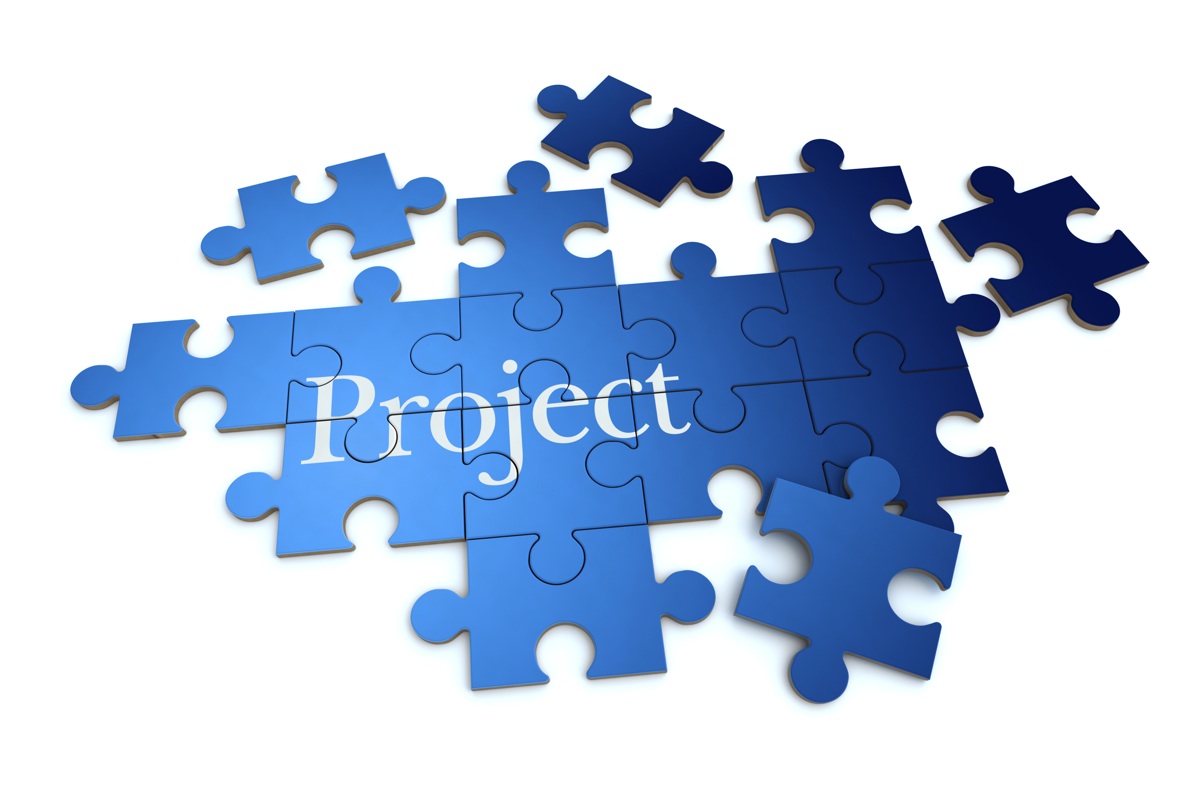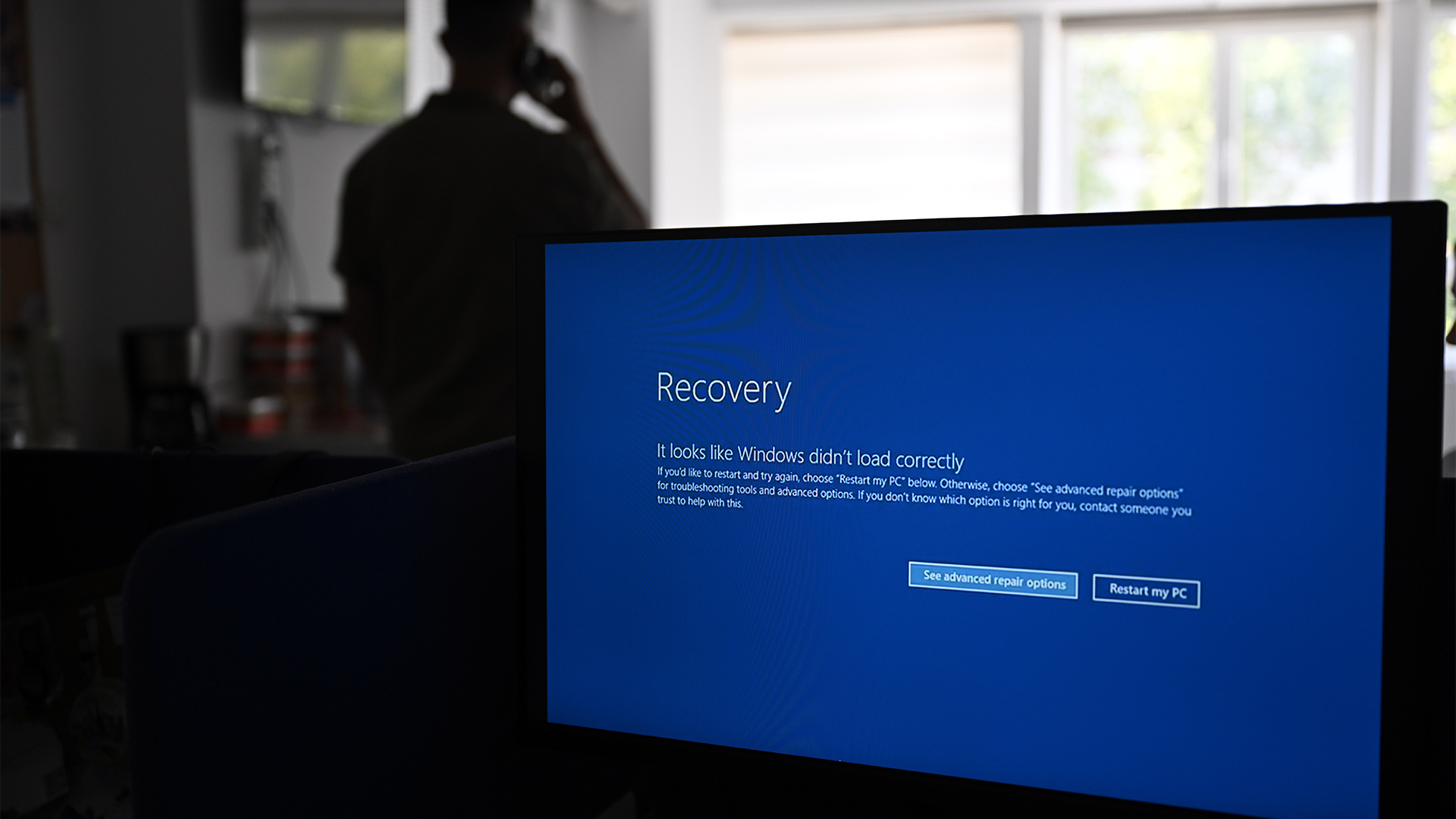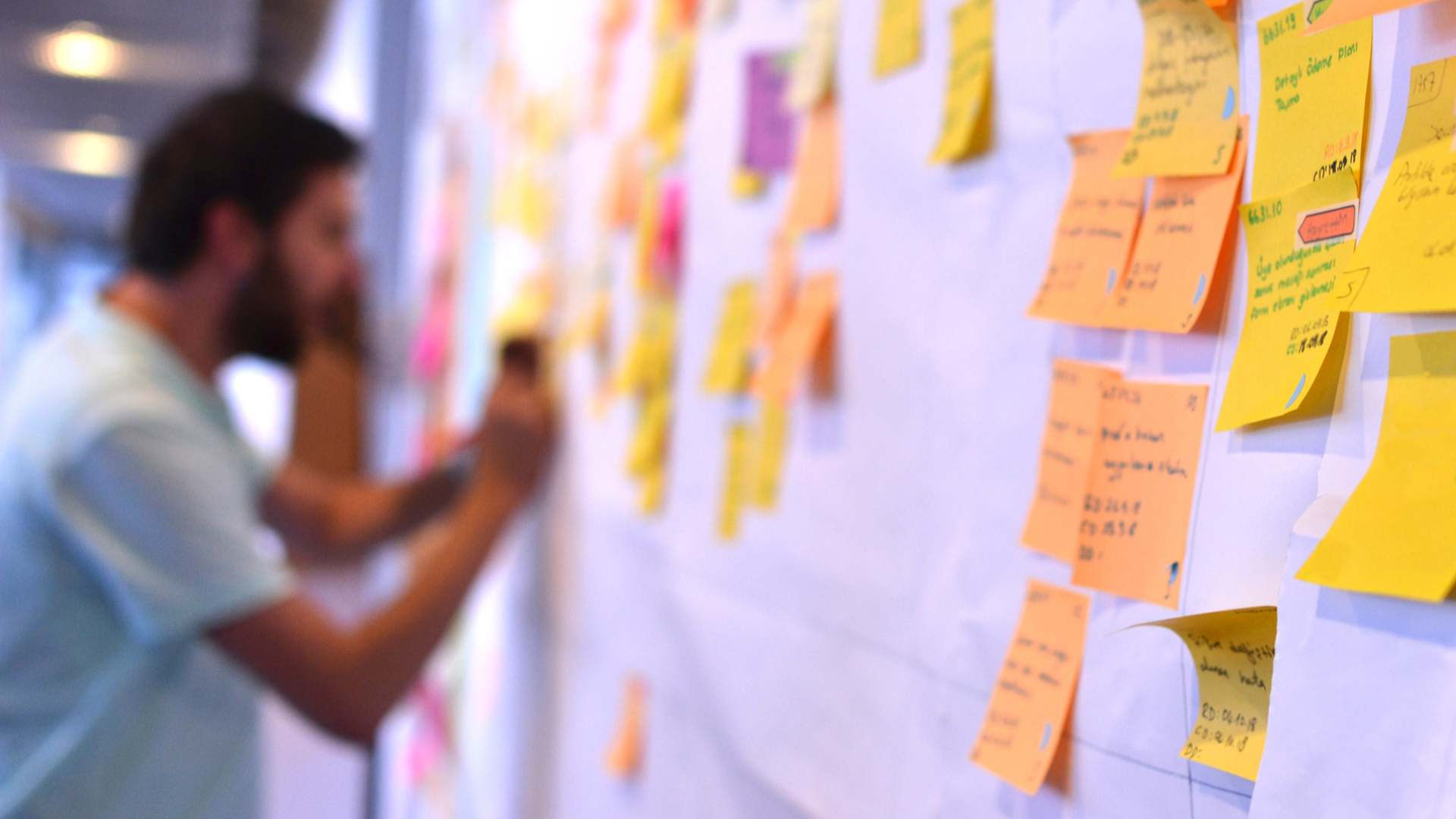Project management: everything you need to know
We explain everything you need to know about project management...


Project management happens across all industries. Usually used to complete projects rather than business as usual (BAU) work, it comprises a number of stages, from developing the initial idea, to planning, implementing and analysing success of a project.
However, it is a pretty complicated process and here are lots of different ways of completing a project. Although most organisations use formal methodologies' to complete projects, some have their own way of working, which can further complicate matters.
We'll talk through the different methodologies common in the IT industry, stages and some tools to help manage projects without formal qualifications.
Types of project management
Waterfall
As the name would suggest, the waterfall method is a sequential project management technique, with stages that flow downwards, just like a waterfall. Stages include conception, initiation, analysis, design, construction, testing, production/implementation and maintenance, with each stage being fully completed before the next starts. It originated in manufacturing, but has since moved on to cover software development, although because it wasn't specifically designed for software development, it's not really the most effective.
PRINCE2
Projects IN Controlled Environments (PRINCE2) is a qualification-led project management methodology, which takes a project and organises it into manageable chunks and controllable stages. It was developed by the government for IT systems projects and because it's been designed specifically for that, it's more effective than Waterfall project management techniques for software and app design. It's led by principles and processes, making it an extremely structured way of managing a project. Processes are Starting up a Project, Initiating a Project, Directing a Project, Controlling a Stage, Managing Product Delivery, Managing a Stage Boundary, Closing a Project.
Get the ITPro daily newsletter
Sign up today and you will receive a free copy of our Future Focus 2025 report - the leading guidance on AI, cybersecurity and other IT challenges as per 700+ senior executives
Agile (Scrum)
Agile is a much more team-based project management methodology, with collaboration and communication forming the basis of everything. Processes and tools are replaced by individuals and interactions, working software is more important than the documentation issued alongside it and everything is built around responding to change rather than following a plan. It's a much more evolutionary way of working, making it more flexible for projects that are likely to adapt over time.
Lean
Lean is a way of developing products fast. It's very responsive to change like Agile and, as its name suggests, aims to be the most efficient way of developing as possible, eliminating waste, sharing learning with flexibility built in its core. Although it goes as far against one of the formal project management principles as it possibly can, by ruling decisions should be made as late as possible, this makes it super-adaptable, although does put some organisations off using it.
DevOps
DevOps combines elements of Agile project management and lean methodologies and is increasingly the most favoured on technical, such as application development and digital transformation projects, because it's so flexible. It dictates that software and developers should work collaboratively with IT departments, through streamlined communications - the Agile element, but concentrates on getting products and services to market fast - the lean project management philosophy. It's a relatively new practice in comparison with the older methodologies, but is rapidly being adopted in cloud-forward organisations because of its flexibility and room for scale.
The process of a project
What's clear from breaking down the main project management methodologies is that they all comprise similar elements, which is the key to successfully managing a project.
Breaking it down into identifying the goal or problem (initiation), planning the steps to carry out the objective (planning stage), executing the project to meet the deliverables set in the initiation stage (while all the time monitoring and controlling the scope of the project) and finally, closing the project to ensure it's met its objectives, is crucial.
This last stage will also include handing over the project to the operations team, so it can be integrated into the BAU environment, so t can continually evolve if it needs to, making it fit for purpose. Obviously if there is a major update needed that doesn't fit into BAU, it will then need to be handed back to the project management team for the process to start again.
Best tools to help with project management
Although onboarding a project manager is the most effective way of ensuring projects get off on the right foot and are managed successfully throughout, if you're not ready to commit to a formal project management methodology to help plan and execute projects, there are lots of project management tools to help you management one-off projects.
Many of these are free and take the drag and drop approach, enabling you to assign and set tasks, moving them across columns as they progress. Others allow you to track progress to share with the board, if they're all about numbers, data visualisations and ROI.
Although project management requires investment to make it run smoothly, it's worth the outlay, speeding up the time it takes to get products and services to market, while also dramatically improving the productivity of your employees, across departments.

Clare is the founder of Blue Cactus Digital, a digital marketing company that helps ethical and sustainability-focused businesses grow their customer base.
Prior to becoming a marketer, Clare was a journalist, working at a range of mobile device-focused outlets including Know Your Mobile before moving into freelance life.
As a freelance writer, she drew on her expertise in mobility to write features and guides for ITPro, as well as regularly writing news stories on a wide range of topics.
-
 Should AI PCs be part of your next hardware refresh?
Should AI PCs be part of your next hardware refresh?AI PCs are fast becoming a business staple and a surefire way to future-proof your business
By Bobby Hellard Published
-
 Westcon-Comstor and Vectra AI launch brace of new channel initiatives
Westcon-Comstor and Vectra AI launch brace of new channel initiativesNews Westcon-Comstor and Vectra AI have announced the launch of two new channel growth initiatives focused on the managed security service provider (MSSP) space and AWS Marketplace.
By Daniel Todd Published
-
 Java developers are facing serious productivity issues: Staff turnover, lengthy redeploy times, and a lack of resources are hampering efficiency – but firms are banking on AI tools to plug the gaps
Java developers are facing serious productivity issues: Staff turnover, lengthy redeploy times, and a lack of resources are hampering efficiency – but firms are banking on AI tools to plug the gapsNews Java developers are encountering significant productivity barriers, according to new research, prompting businesses to take drastic measures to boost efficiency.
By Solomon Klappholz Published
-
 Why the CrowdStrike outage was a wakeup call for developer teams
Why the CrowdStrike outage was a wakeup call for developer teamsNews The CrowdStrike outage in 2024 has prompted wholesale changes to software testing and development lifecycle practices, according to new research.
By Solomon Klappholz Published
-
 Why are so many AI projects destined for failure? Inexperienced staff, poor planning, and a shoehorned approach to agile development are all stifling innovation
Why are so many AI projects destined for failure? Inexperienced staff, poor planning, and a shoehorned approach to agile development are all stifling innovationWhile agile development practices work well in many circumstances, devs are encountering serious problems applying the methodology in AI projects
By Nicole Kobie Published
-
 ‘It’s time to question agile’s cult following’: Doubts cast on method’s future, with 65% of projects more likely to fail
‘It’s time to question agile’s cult following’: Doubts cast on method’s future, with 65% of projects more likely to failNews Agile development methods just aren’t delivering, and it's time devs acknowledged its failings
By Emma Woollacott Published
-
 Agile development has a security problem - and developer ‘champions’ could be the key to ensuring safer software
Agile development has a security problem - and developer ‘champions’ could be the key to ensuring safer softwareAnalysis Security considerations can be an afterthought in agile development, but there are ways to address the issue and prevent disastrous consequences
By Ross Kelly Published
-
 Agile development is fading in popularity at large enterprises - and developer burnout is a key factor
Agile development is fading in popularity at large enterprises - and developer burnout is a key factorNews Firms employing agile development practices are ‘having difficulty adapting’ in a new world of developer burnout, AI and more, a new report claims
By Steve Ranger Published
-
 What is platform engineering and will it see the end of DevSecOps?
What is platform engineering and will it see the end of DevSecOps?In-depth Platform engineering is not just the latest industry buzzword but could represent a profound change in how software is developed and governed
By Ross Kelly Published
-
 The ultimate guide to getting your killer app off the ground
The ultimate guide to getting your killer app off the groundIndustry Insight When building software, the process of designing, testing, prototyping, and perfecting your project is never ending
By Jon Spinage Published